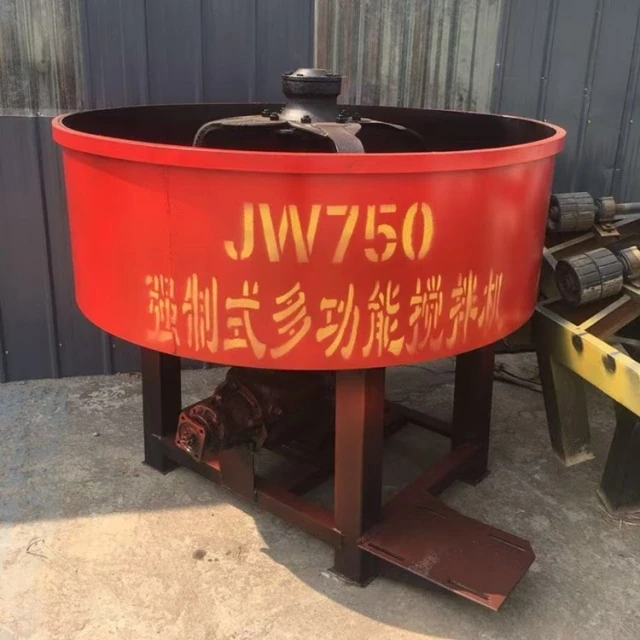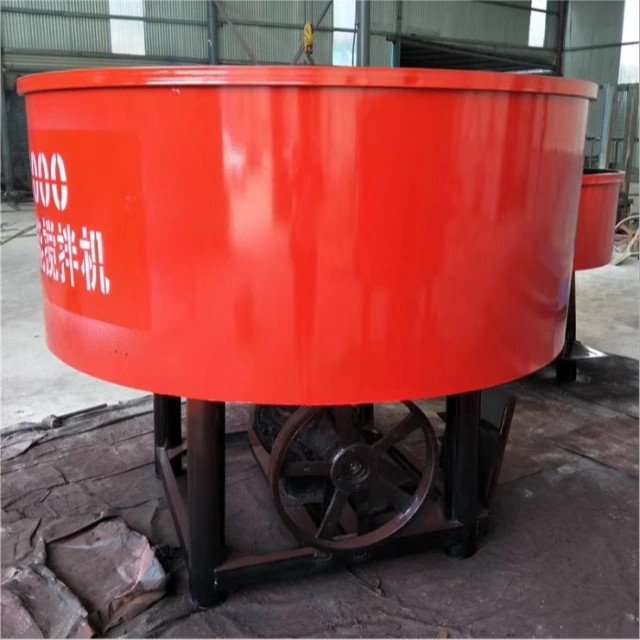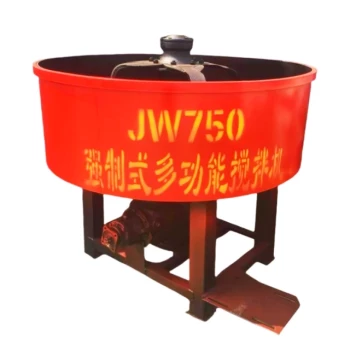When precision and efficiency matter in industrial mixing, flat-mouth mixers consistently outperform traditional designs. This article breaks down their engineering advantages, real-world performance metrics, and cost-saving benefits to guide your procurement strategy.
Flat-Mouth Mixer Design and Efficiency
How the Flat-Mouth Geometry Minimizes Material Buildup
Unlike round-mouth mixers, flat-mouth designs feature a streamlined discharge opening that prevents material accumulation. This geometry ensures:
- Smoother discharge: Reduced friction during concrete flow.
- Easier cleaning: 30–50% less residue buildup (based on field tests).
- Consistent output quality: Uniform mixing without "dead zones" where material stagnates.
Ever wondered why some mixers leave clumps or uneven batches? Traditional drum designs often trap material at curved edges, while flat-mouth models eliminate this issue through optimized flow dynamics.
Key Metrics: Mixing Uniformity and Energy Consumption
Independent studies highlight:
- 15–20% higher mixing uniformity in flat-mouth models, critical for high-strength concrete.
- 12% lower energy use due to reduced rotational resistance.
Comparative Advantages Over Traditional Mixers
Drum vs. Flat-Mouth: Flow Dynamics and Output Quality
| Feature | Drum Mixer | Flat-Mouth Mixer |
|---|---|---|
| Discharge Efficiency | Moderate (clogging risk) | High (smooth flow) |
| Cleaning Time | 30+ minutes | <15 minutes |
| Material Loss | 3–5% per cycle | <1% per cycle |
Case Study: High-Strength Concrete in Infrastructure
A bridge construction project in [Region] switched to flat-mouth mixers and reported:
- 18% faster project completion due to fewer mixer cleanings.
- Zero batch rejections from inconsistent mixing.
Optimizing Mixer Selection for Specific Applications
Ideal Use Cases in Construction and Precast Manufacturing
Flat-mouth mixers excel in:
- Precast concrete: Where dimensional accuracy is non-negotiable.
- Fiber-reinforced mixes: The design prevents fiber clumping.
- Large-scale infrastructure: Reduced downtime maximizes ROI.
Long-Term Cost-Benefit Analysis
While flat-mouth mixers may have a 5–10% higher upfront cost, they deliver:
- Lower operational costs: Savings on energy, labor, and material waste.
- Extended lifespan: Robust structure reduces maintenance needs.
Conclusion: Smart Procurement for Mixing Excellence
Flat-mouth mixers aren’t just an upgrade—they redefine industrial mixing standards. For teams prioritizing quality, efficiency, and lifecycle savings, the choice is clear.
Next Step: Explore [Brand]’s construction machinery lineup, engineered to meet these exact demands.

















